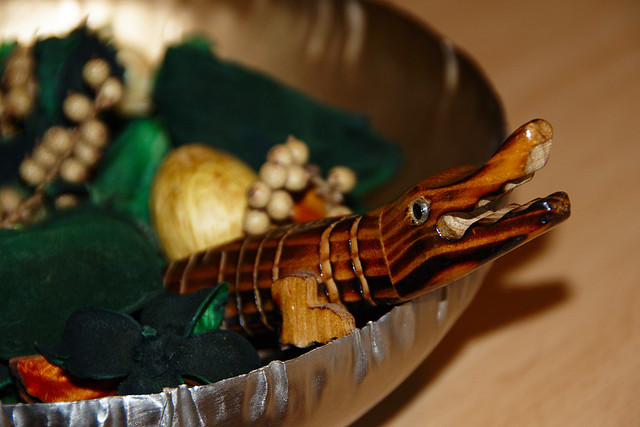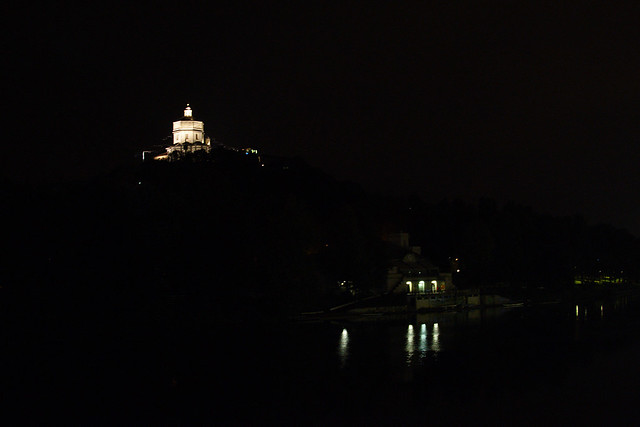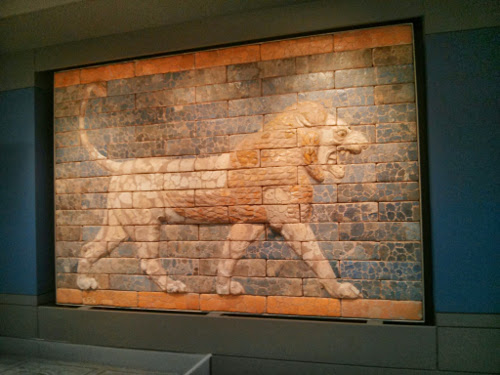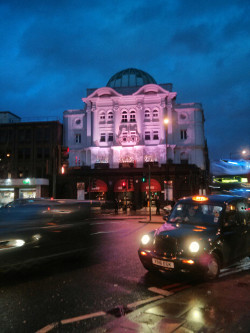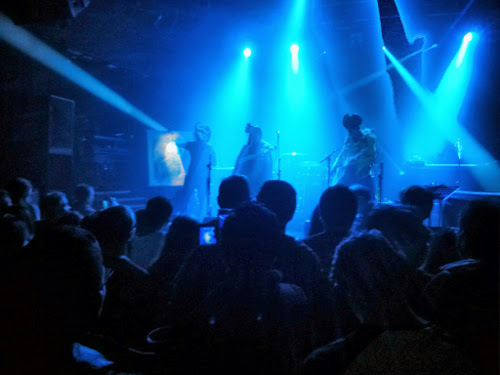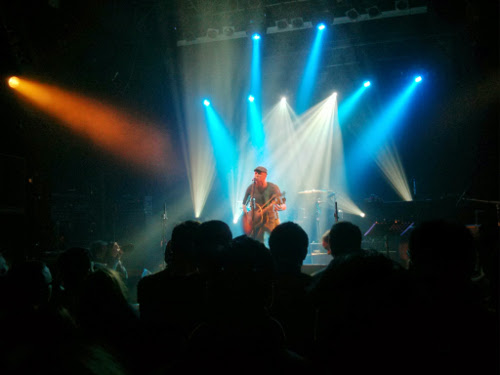As you might’ve noticed from the piece of whimsy I posted a few weeks ago I’ve been doing a course on Hamlet with Future Learn. This is my first foray into the world of massive online courses, and also the first non-science course I’ve done since 1990. All in all I think it was rather successful – I learnt stuff, I enjoyed it and I only had a couple of moments where I thought to myself “ah, yes, this is why I did science instead” 😉
The course described itself as follows:
This course introduces the many ways in which Hamlet can be enjoyed and understood. Six weekly videos discuss the play’s fortunes in print, and its own representations of writing and theatre; its place in the Elizabethan theatrical repertory; its representation of melancholia and interiority; its fortunes on the modern stage; its appeal to actors; and its philosophy.
And had no pre-requisites other than an ability to read Hamlet, so that seemed a good one to jump in on. I’m not quite sure I got what I was expecting – part of which is down to me: I’d expected more about the text or play itself, and the course was more about the meta level of how it’s been performed since. Which it does say in the description really, so my failure there. However it was also very focussed on Hamlet the character, rather than the play in a broader sense and I really don’t think that Hamlet is the only interesting thing in the play even based on my own meagre knowledge.
The technical set-up for the course is that each week had a list of steps, say a dozen of them. Some of these would be short video lectures and some would be articles (or links to external content). And there were also discussion steps, and assignments. You could add comments to all but the assignment steps (which were more formally peer reviewed). So each video and article would have a few comments which I looked at or not depending on how interested I was. And the discussions would have a few hundred comments (mostly on topic) and I made sure I always commented on these and read a reasonable number of them – basically made sure I participated (otherwise what was the point of doing a course rather than read a book). The final step was always a short multiple choice quiz meant to primarily be a review of the week (but see the end of this post).
The first week of the course was an introduction to the course itself, and to the text of the play. I’d not realised before that there were three versions of Hamlet that survive from the 17th Century. There’s the First Quarto, which has different names for people and feels like it’s a “pirate” copy poorly transcribed from notes taken in a performance or from an actor’s memory. The Second Quarto is much better quality (in terms of the flow of the lines and so on) and has all the right names for people – it’s pretty much unstageably long though, as it would take 4 hours to do it all. And finally there’s the Folio version, which is a cut down version of the Second Quarto one. We were encouraged during this week to think about which of the versions of the text might count as “the real one”, and whether any particular performance might consititute the definitive version. And also whether the play as performance or the play as text was the more important.
The second week was a bit disappointing for me. It was billed as being about the Elizabethan audiences for the play, and the context the play was written in. However it felt very shallow, with most content being provided by a link to the Shakespearean London Theatres Project (which was interesting, but it felt a bit like cheating for them to point us there rather than provide content themselves). And the bulk of the time I spent on that week was taken up with trying to plough through The Spanish Tragedy, which is a play by Thomas Kyd who may’ve written a version of Hamlet before Shakespeare did. We were encouraged to discuss the reactions of Elizabethan audiences to Hamlet (and to write a review as if we were there, hence my little bit of whimsy) – sadly if you followed the steps linearly that discussion happened before we got the links to ShaLT and information on the audiences. The other discussion that week was on what we thought Kyd’s Hamlet might’ve been like, and what if anything we thought might’ve been surprising about Shakespeare’s Hamlet to audiences that knew the earlier play. My conclusions were that Kyd’s Hamlet would probably’ve been more straightforward and more like an action film, but Shakespeare’s Hamlet is one that gives you something to discuss afterwards. And it’s the plays/books/films/stories that you discuss or want to talk about that you remember.
The third week picked back up in quality, and was the start of a three week exploration of Hamlet’s psychology which felt like the core of the course. This week focused first on the theories of the mind of Shakespeare’s contemporaries. We learnt about the four humours, and what Hamlet meant when he talked of himself as a melancholic. Towards the end of the week Freud’s ideas were introduced, and we were told a bit about how Hamlet has been used as a fictional case study by several psychologists. In the discussions we were encouraged to think about what (if anything) is wrong with Hamlet and whether or not he was faking his madness. We were also invited to talk about how much sense it makes to use Hamlet as a case study for psychological theories that were constructed centuries after Shakespeare died. I was astonished how divisive this subject was. Some people couldn’t move past a literal viewpoint: “you can’t psychoanalyse or diagnose a fiction person because they don’t exist”. Which just strikes me as orthogonal to the point. Obviously you can’t really diagnose them with anything, but thinking about the theories in relation to the character can tell you something about the character and also about the theory. In both directions it’s a tool for shining light on something in a way you might not’ve considered before.
Week four moved on to thinking about modern stagings of the play, with an emphasis on how the Oedipal interpretation of Hamlet’s relationship with his mother came to dominate 20th Century stagings of the play. Even if the production doesn’t interpret it that way, there’s still always a bed in the closet scene (which is just Hamlet and Gertrude) and it’s choosing to not be Oedipal about it rather than just not being so, if that makes sense. There was an assignment during this week, for peer review, that asked us to look at a particular scene that’s only in the First Quarto and we had to decide if we would include it if we were staging the play. The scene itself has Gertrude receiving news of Hamlet surviving the attempted murder on Claudius’s instructions (which happens off stage). This changes the feel of the end of the play – she knows more, and she’s unambiguously on Hamlet’s side after this scene. I rather enjoyed thinking about this assignment, and I would’ve liked more of the course to be like this. I decided that I wouldn’t want the scene included, because I felt it was a bit out of character for how I see Gertrude – to me it reads almost like Hamlet’s wishes for how his mother would react. It’s full of things like “For murderous minds are always jealous.” which I could see Hamlet saying about Claudius, but not Gertrude (who I see as somewhat more pragmatic and possibly even aware of Claudius’s initial murder of Hamlet Sr.). I’d quite like to read a story of the events in Hamlet from Gertrude’s point of view, I bet they’d look quite different.
The fifth week was the one where I had my “oh yes, this is why I did science” moment. The focus of the week was on an interview with Jonathan Slinger who played Hamlet recently, recorded when he was about halfway through the run. And we were invited to consider such weighty questions as whether or not the role of Hamlet was seeping into his interview persona. And I really don’t care. The other half of the week was another theory of Hamlet’s psyche – Slinger’s director had a view that Hamlet had bipolar disorder, and Slinger played him as someone who didn’t know they had it rather than knowingly. My exasperation with this bit was because part of the discussion after this was about “would tragedy have been averted if Hamlet had been diagnosed and medicated?”. Perhaps? But then it would’ve been a boring play, so that just felt like a daft question. Not an illuminating question like considering if bipolar disorder fits as a diagnosis could be (and to be fair we were invited to discuss that too) but just rather daft. Also bipolar disorder doesn’t mean “crazy person” and the questions and discussion thread veered rather closer to that than I was comfortable with. The assignment for the week was comparing the “different versions of Hamlet we’ve seen” to say which best fit Hamlet’s own advice to actors in Act 3 Scene 2. Which is difficult to do when you’ve not seen one full production let alone more … I wasn’t the only person commenting on that in the weekly feedback section. I did do my little 500 word essay on the subject and peer review a couple, but really all I learnt from that was that I can successfully waffle for 500 words even when I don’t have much to say. Looking at the length of posts I write here on a regular basis, that doesn’t come as much of a surprise to me (nor anyone else, I’d guess)!
The sixth and final week returned to more of a highpoint. The theme this week was the soliloquy “To be or not to be”. We’d had a practical exercise at the end of week 5 to read it out loud ourselves, and this week started with Pippa Nixon (who played Ophelia in the same production that Slinger played Hamlet) reading the soliloquy. We were then asked to think about the meaning of it (and to paraphrase it ourselves, quite a fun exercise) and in particular to discuss how it fit within the Christian context of the time it was written and how it transcends that context. I would’ve liked more of this sort of consideration of the text in the whole course. The second half of the week was thinking about women playing Hamlet – Pippa Nixon talked about how she’d like to play Hamlet, and how she thought the changing of the central family relationships to a father-daughter and a mother-daughter one would change our perceptions of the play. There wasn’t a discussion section for this which I think was probably just as well – I read a few of the comments on the video & article sections and some of them made me roll my eyes quite hard (and there were even comments that can be paraphrased as “but if Hamlet’s a girl then you have to make Ophelia a man otherwise how can they have a relationship??”). I do think it’d be interesting to see a female Hamlet done straight – just changing the pronouns and no other textual alterations. And see how that changes how you see the character, or doesn’t change it. In the same way that staging the play with different dress can interestingly change the feel of it (from clips I’ve seen, anyway).
Overall this was an interesting course, even if I’d’ve preferred a slightly different one! It was run by a team from the Institute of Shakespeare Studies at Birmingham University, and I thought that most of the material was well thought out and well presented. They also responded very well to any criticism. For instance at first there were no places to leave feedback, but after people started to say things in one of the discussions each week had a dedicated feedback section added. And not only that, but if something came up that was easily fixable on the fly it was done – the quizzes at the end of each week included material not in the course which was disconcerting and confusing to several of us at first. But it was by design and the description of the quiz was changed to make it clear that we weren’t supposed to know all the answers, it was a) for fun and b) supposed to point you to other things you could think about.
